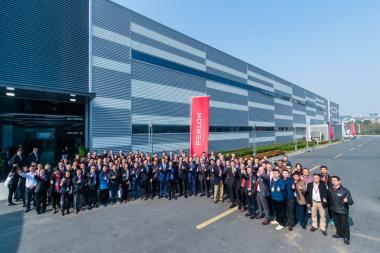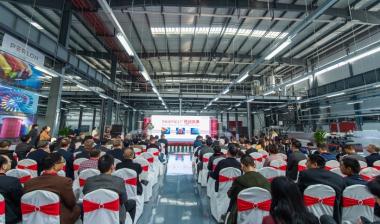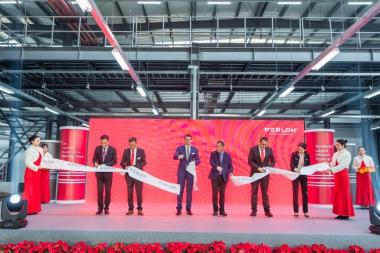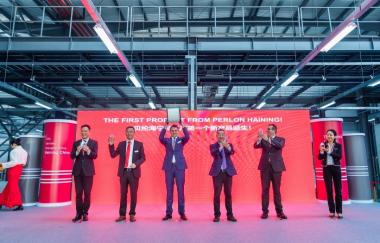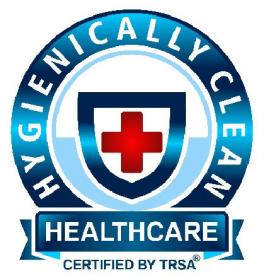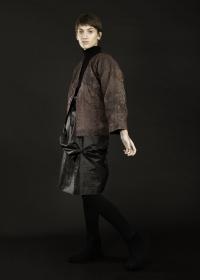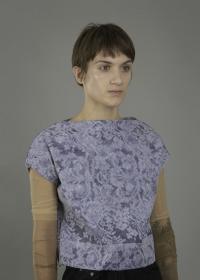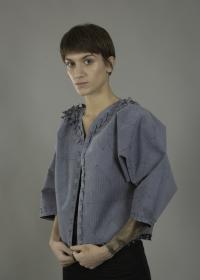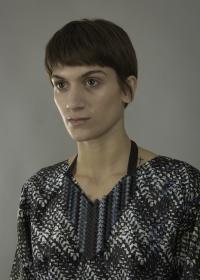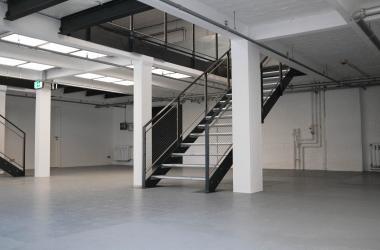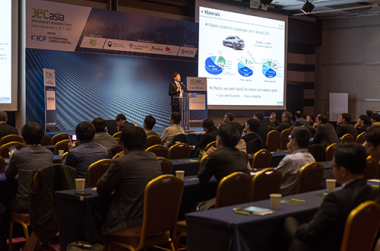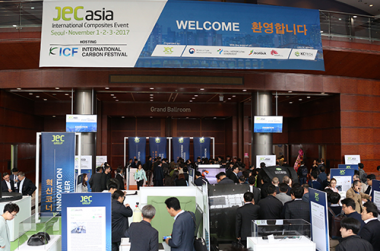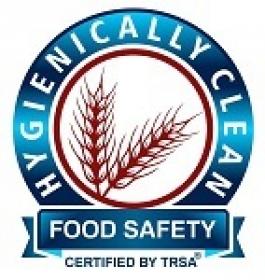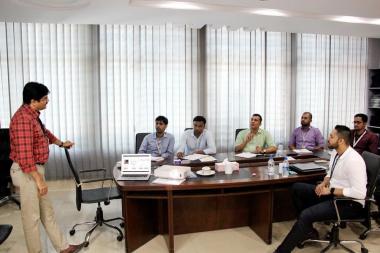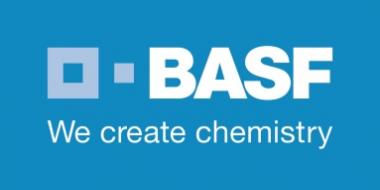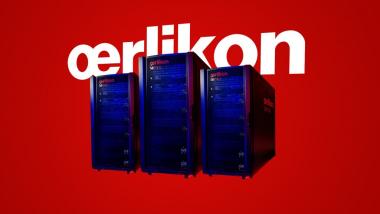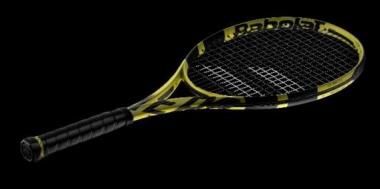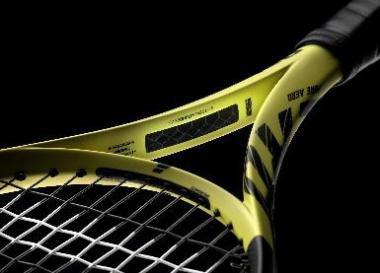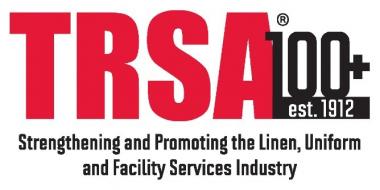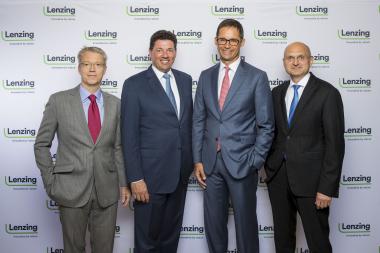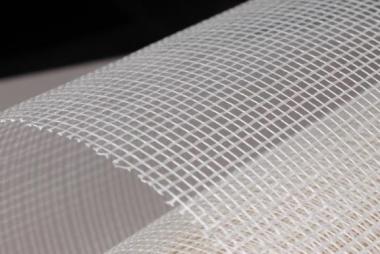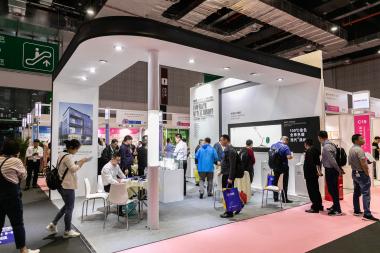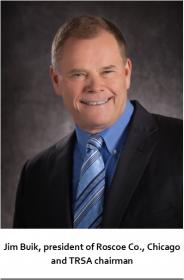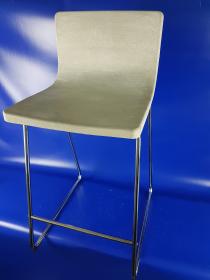PERLON® - The Filament Company celebrates the opening of its new factory in China
- The opening of Perlon’s new site in Haining City, Zhejang Province was celebrated in a festive style on 29th November 2018.
Around 140 invited guests experienced the splendid opening ceremony for the newly constructed site in the urban development zone, with a traditional, cultural programme, subsequent exhibition and gala dinner in the nearby LANGHAM PLACE hotel. The significance of this new site for the Perlon Group was emphasised and the support of the Haining region was applauded, in the official speeches by Serafin co-founder Philipp Haindl, Perlon CEO, Florian Kisling, CEO of Perlon in China, Xiaotao Xia, as well as, the director of Haining City People’s Congress, Mr YAO Minzhong. After the obligatory cutting of the ribbon for the official opening, the first spool of PMC Filament was presented to Mr Haindl to symbolically mark the start of a new filament production line.
The vision to have a presence in China and to create sufficient production capacity to fulfil the customers need for quality filaments made by Perlon® has been smoothly delivered by Perlon Group, the Serafin group company. After less than 2 years in the planning and building phase, the new build project and line relocation from the previous plant in Haining will be concluded by the end of the year. With sufficient space for further production lines, the Groups requirement for a long-term commitment in China has been created. Alongside filaments for paper machine clothing (PMC), the plan is to manufacture products there for applications in the other Perlon® main markets in the next few years.


